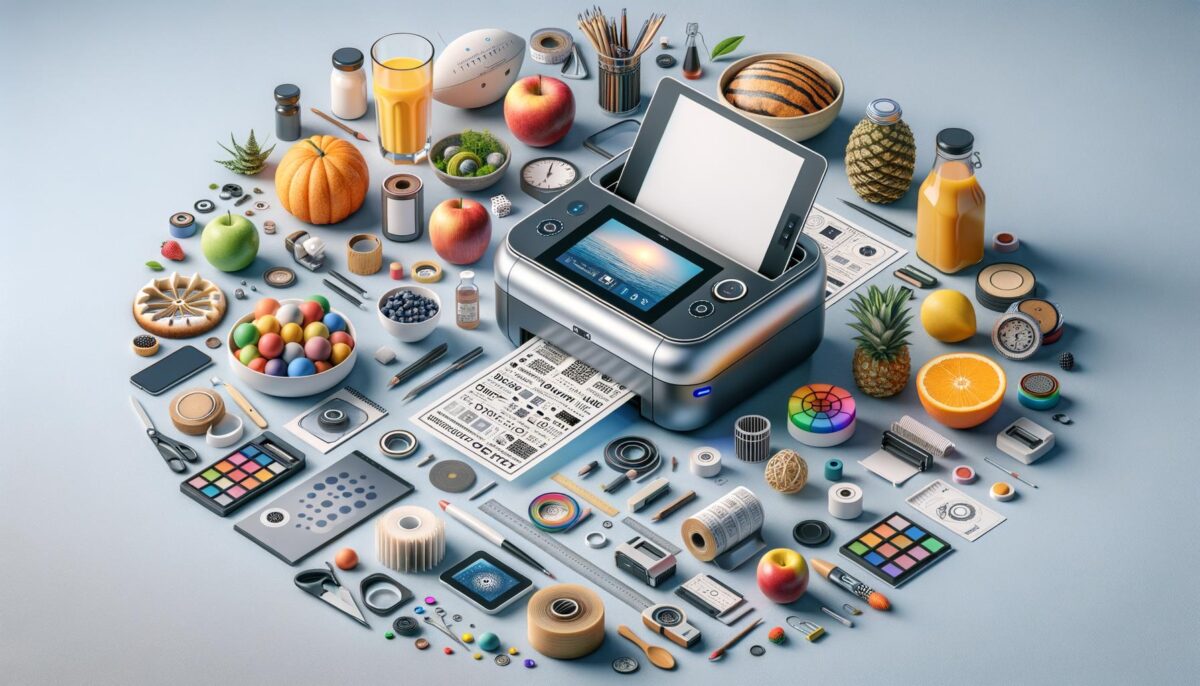Introduction to Portable Smart Printers
In the modern age of technology, the evolution of portable smart printers has significantly impacted industries requiring efficient labeling, coding, and date marking solutions. These devices have become essential tools, offering unparalleled convenience through features such as touchscreens, wireless connectivity, and surface versatility. As businesses strive for greater efficiency and accuracy, portable smart printers respond by simplifying otherwise complex processes.
Touchscreen Technology and User Experience
A prominent feature of portable smart printers is their touchscreen interface, which enhances user experience significantly. The touchscreen allows users to select options quickly and operate the printer with minimal training. This ease of use not only accelerates the process but also ensures precision, minimizing the chances of human error. Typically, users can navigate through settings to design and modify labels to match specific requirements, ensuring adaptability to diverse tasks and industries.
Furthermore, the intuitive design caters to both novices and experts, making these printers accessible to all skill levels. Touchscreens often incorporate:
- User-friendly menus with icons for different functions
- Customizable printing parameters
- Real-time data input for time-sensitive labeling
These features underscore the focus on delivering a seamless and effective printing experience.
Wireless Use for Unmatched Convenience
In the realm of portable smart printers, wireless capabilities stand out as a game-changing element. Offering wireless connectivity, these devices eliminate the need for cumbersome cables, allowing greater flexibility in positioning and use. This enables businesses to deploy labeling solutions across multiple locations without infrastructural constraints.
Wireless smart printers can connect via:
- Wi-Fi networks for integration with business systems
- Bluetooth for direct, short-distance communication with devices
- Cloud services for remote operations and updates
Such connectivity options extend the printer’s utility beyond traditional setups, providing scalability and ease of use whether in a large warehouse or a small business space.
Surface Versatility and Material Compatibility
Surface versatility is another key feature of modern portable smart printers, allowing them to print on a wide range of materials. From paper and plastic to textiles and metals, these printers adapt to multiple surface textures and compositions, meeting diverse industrial needs. This versatility ensures that businesses can maintain consistency and efficiency in branding and compliance, no matter the application.
The versatility covers:
- Printing on uneven and rigid surfaces
- Compatibility with various ink types
- Durability in harsh environments
Such adaptability is crucial for businesses that prioritize quality and durability in their labeling practices, supporting long-term operational goals.
Conclusion: Embracing Smart Printing Solutions
For businesses across sectors, investing in portable smart printers signifies a step toward more streamlined and adaptable labeling processes. These devices embody technological innovations that address contemporary challenges in labeling, coding, and date marking through touchscreen technology, wireless use, and broad surface versatility. As industries continue to evolve, embracing advanced smart printing solutions will be vital for staying competitive and ensuring operational excellence. Portable smart printers are, thus, a testament to how thoughtful technology integration can transform everyday business operations into more efficient and productive endeavors.
